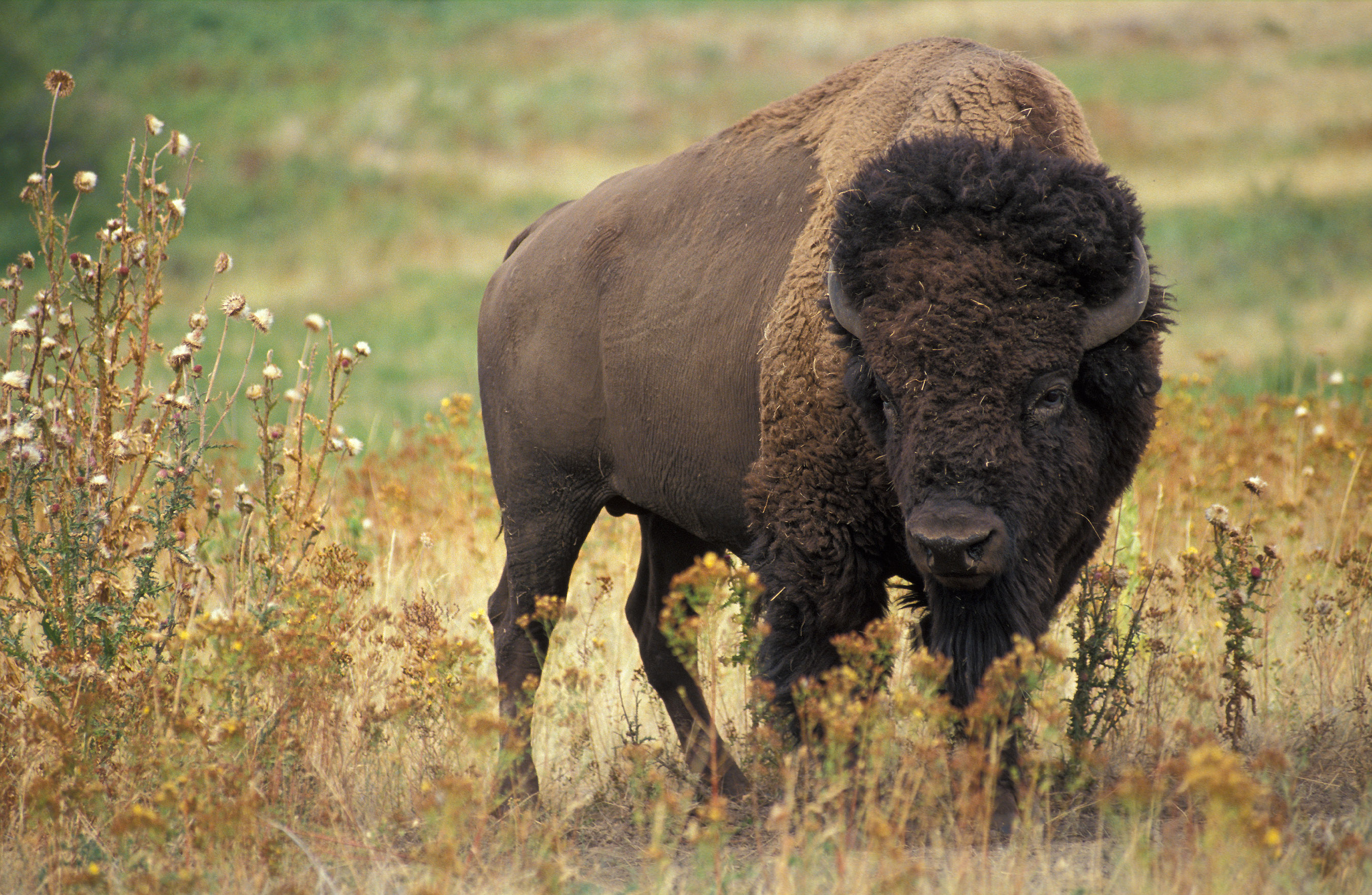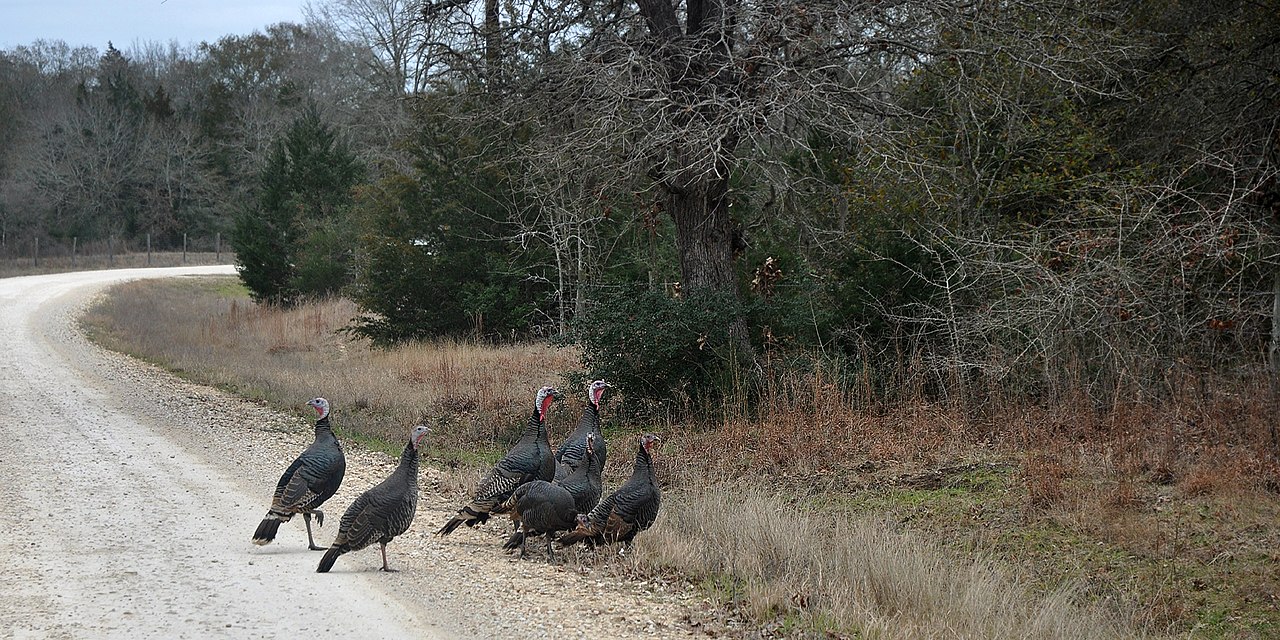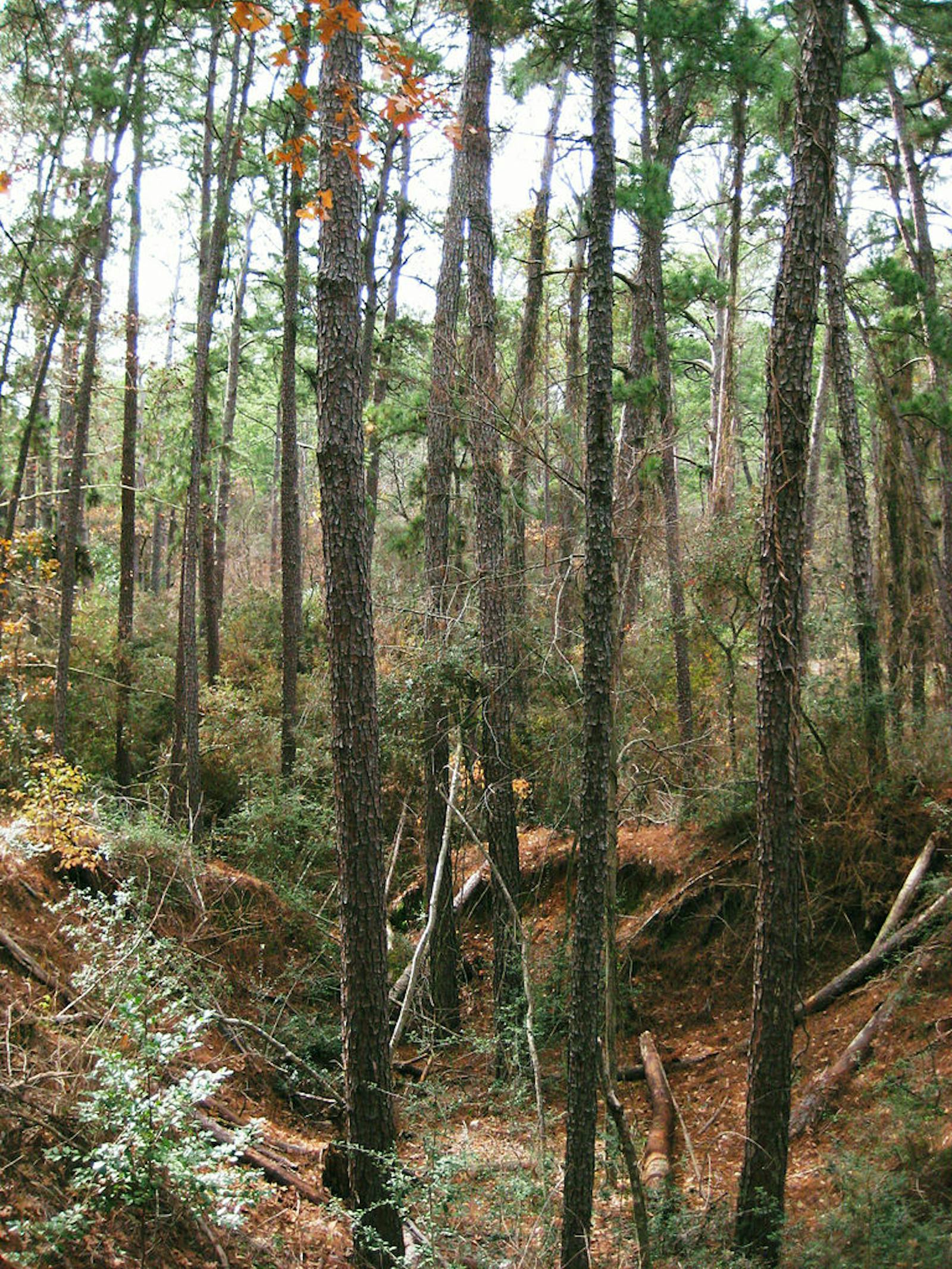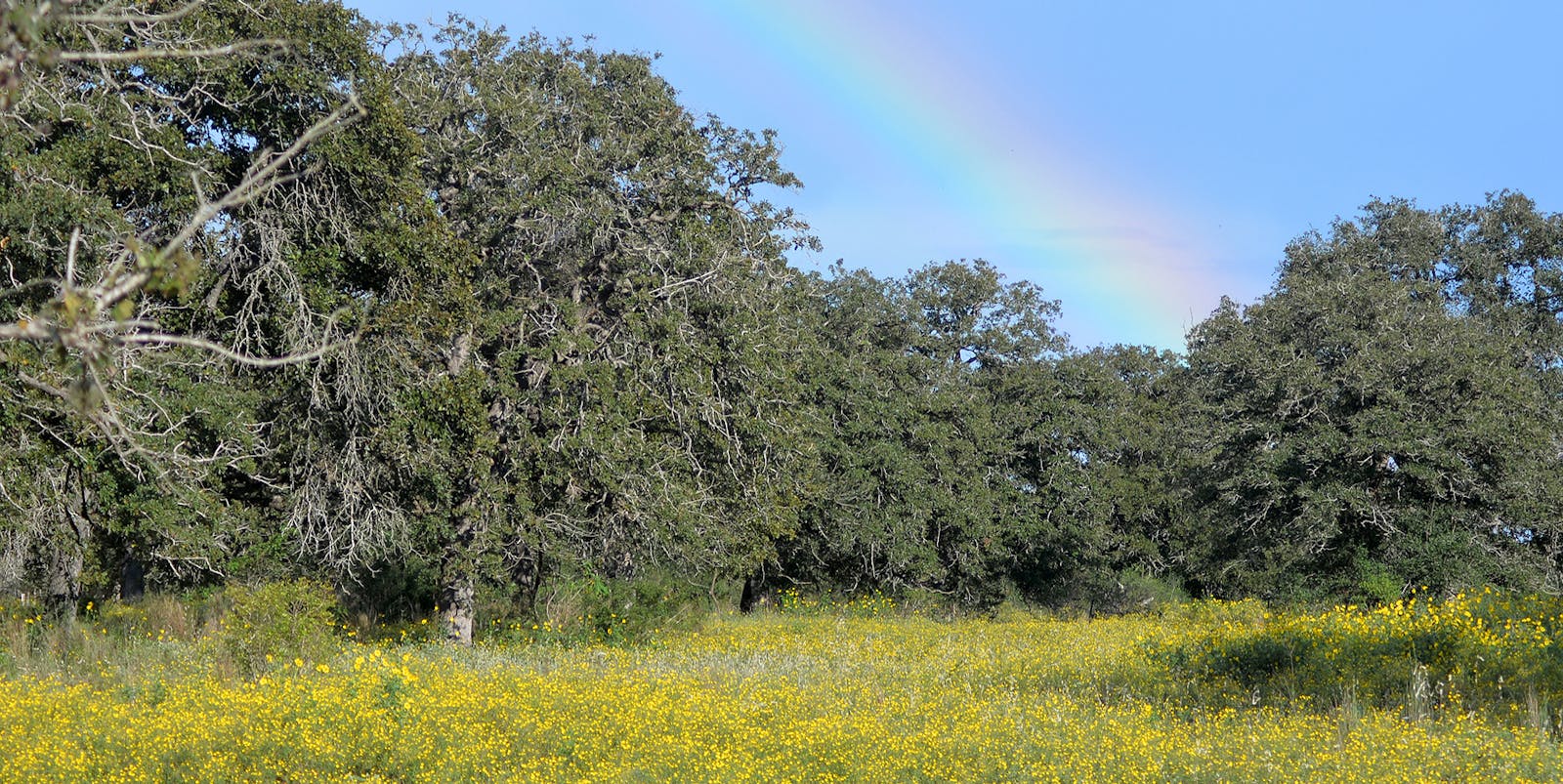East Central Texas Savanna-Woodland
The ecoregion’s land area is provided in units of 1,000 hectares. The conservation target is the Global Safety Net (GSN1) area for the given ecoregion. The protection level indicates the percentage of the GSN goal that is currently protected on a scale of 0-10. N/A means data is not available at this time.
Bioregion: Southern Mixed Forests & Blackland Prairies (NA28)
Realm: Northern America
Ecoregion Size (1000 ha):
5,593
Ecoregion ID:
332
Conservation Target:
17%
Protection Level:
0
States: United States: TX, OK
The East Central Texas Savanna-Woodland ecoregion is a relatively long (in latitude) but narrow ecoregion almost entirely confined to Texas, plus a small part of southeastern Oklahoma north of the Red River. This ecoregion is bounded on the east by the Piney Woods ecoregion, on the south by the Western Gulf Coastal Grasslands ecoregion, and on the southwest by the Tamaulipan Mezquital ecoregion.

The flagship species of the East Central Texas Savanna-Woodland ecoregion is the American bison. Image credit: Jack Dykinga, Creative Commons
The Texas Blackland Prairies ecoregion (including the cities of Dallas, Austin, and San Antonio) borders almost the entire western edge of this ecoregion and also is embedded as a narrow strip within the southeastern portion of the ecoregion. The Cross-Timbers Savanna-Woodland ecoregion borders a small part of the northwestern part of this ecoregion. The East Central Texas Savanna-Woodland ecoregion lies within the western margin of the North American Coastal Plain (a global biodiversity hotspoti) and features gently rolling topography.
The climate of this ecoregion ranges from subhumid subtropical to subhumid warm temperate with hot summers, mild winters, and pleasant springs and falls. Average annual rainfall ranges from 740 mm to 1,120 mm. The growing season in the southern portion of the ecoregion is nearly two months longer than in the northern portion, along the Red River. The geology is primarily Eocene, including sands, sandstones, clays, and mudstones. The soils are generally neutral to acid sands and sandy loams.
.jpg)
Houston toad. Image credit: USFWS, Creative Commons
This ecoregion is sometimes combined with the Cross-Timbers Savanna-Woodland ecoregion and is often subdivided into several subregions based on terrain and vegetation. The Northern Post Oak Savanna subregion is level to gently rolling with forest, woodland, or savanna composed largely of post oak, blackjack oak, eastern redcedar, and black hickory. Prairie openings with little bluestem and other grasses and forbs were common. Wildlife includes white-tailed deer, wild turkey, northern bobwhite, eastern fox squirrel, and eastern gray squirrel.

Virginia opossum. Image credit: Cody Pope, Creative Commons
The Southern Post Oak Savanna was historically a post oak savanna, but rare bog communities also occur. The Houston toad, an endangered species endemic to this region, occurs in areas with deep sandy soils. The narrow San Antonio Prairie is characterized by grasslands dominated by little bluestem and yellow Indiangrass on sandy substrates, in contrast to the darker, clayey, more calcareous soils of the Texas Blackland Prairies.
The Northern Prairies Outliers subregion was a mosaic of forest and prairie, with the prairies containing little bluestem, big bluestem, yellow Indiangrass, and tall dropseed. The Bastrop Lost Pines subregion is an outlier of relict loblolly pine-post oak forest and woodland and represents the westernmost stands of southern pine in the U.S., occurring mostly on gravelly and sandy soils, some of which were derived from the ancestral Pleistocene Colorado River. The largest population of Houston toads occurs in this subregion.

Wild turkeys. Image credit: William L. Farr, Creative Commons
A final subregion is Floodplains and Low Terraces, occurring downstream from Texas Blackland Prairies and upstream from the coastal plains. Bottomland forests here include water oak, post oak, elms, green ash, pecan, and willow oak, with some hackberry and eastern cottonwood. Besides the Houston toad, another endangered species, the Attwater prairie chicken, inhabits this ecoregion, along with a number of rare and endemic plants such as large-fruited sand verbena, sandhill woolywhite, Park’s jointweed, Centerville Brazosmint, Texas beebalm, and Texas sandmint.
The native woodlands, savannas, and prairies of this ecoregion have been largely converted to “improved” pasture and some cropland and urban area. Only 1% of the ecoregion is protected and only 17% of habitat outside of protected areas is intact. Priority conservation actions for the next decade are to: 1) restore pastures to native grasslands, along with a natural fire regime; 2) greatly increase federal, state, and local acquisition of conservation lands; and 3) increase awareness of the natural history and conservation needs of this ecoregion among the local people.
Citations
1. Poole, J.M., W.R. Carr, D.M. Price, and J.R. Singhurst. 2007. Rare Plants of Texas. Texas A&M University Press, College Station.
2. East Central Texas Forests. https://en.wikipedia.org/wiki/East_Central_Texas_forests
3. Ricketts, T.H. et al. 1999. Terrestrial Ecoregions of North America: A Conservation Assessment. Island Press, Washington, D.C.




